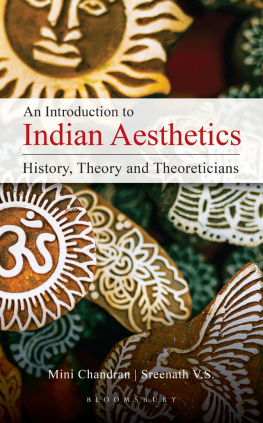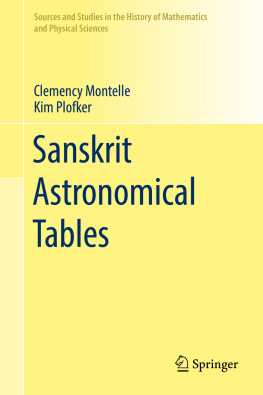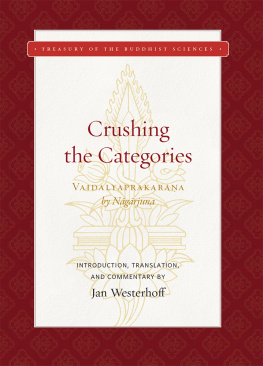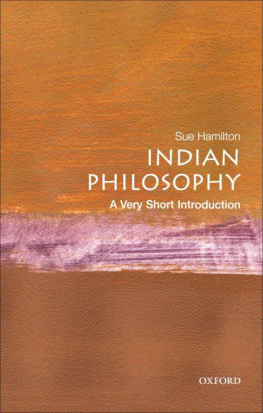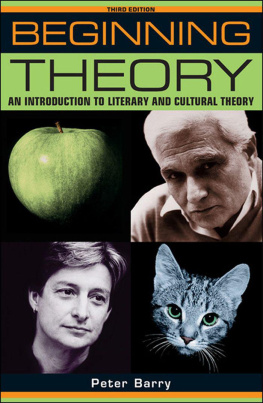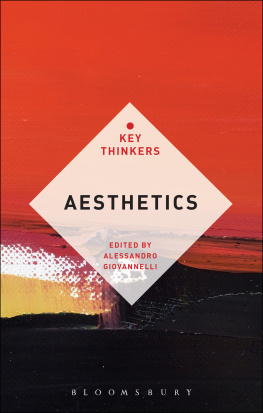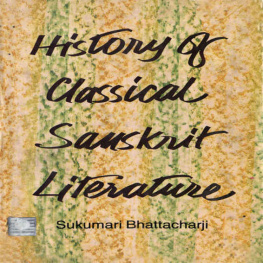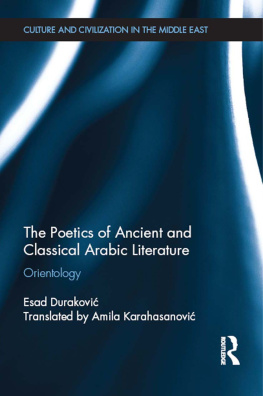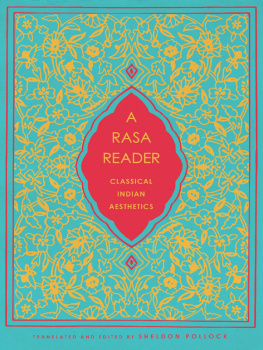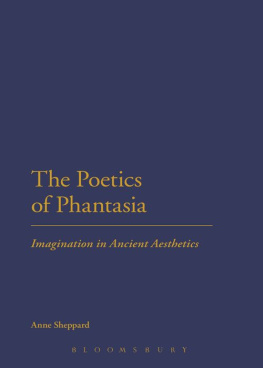
An Introduction to Indian Aesthetics
An Introduction to Indian Aesthetics
History, Theory, and Theoreticians
Mini Chandran and Sreenath V. S.

BLOOMSBURY INDIA
Bloomsbury Publishing India Pvt. Ltd
Second Floor, LSC Building No. 4, DDA Complex, Pocket C 6 & 7,
Vasant Kunj New Delhi 110070
BLOOMSBURY, BLOOMSBURY ACADEMIC INDIA and the Diana logo are trademarks of
Bloomsbury Publishing Plc
First published in India 2021
This edition published 2021
Copyright Mini Chandran, Sreenath V.S. 2021
Mini Chandran and Sreenath V.S. have asserted their right under the Indian Copyright Act to be identified as Authors of this work
The views and opinions expressed in this book are the authors own and the facts are as reported by them, and the publisher is not in any way liable for the same.
Bloomsbury Academic
An imprint of Bloomsbury Publishing Plc
All rights reserved. No part of this publication may be reproduced or transmitted in any form or by any means, electronic or mechanical, including photocopying, recording, or any information storage or retrieval system, without prior permission in writing from the publishers
Bloomsbury Publishing Plc does not have any control over, or responsibility for, any third-party websites referred to or in this book. All internet addresses given in this book were correct at the time of going to press. The author and publisher regret any inconvenience caused if addresses have changed or sites have ceased to exist, but can accept no responsibility for any such changes
ISBN: HB: 978-93-89165-11-1; eBook: 978-93-89165-13-5
2 4 6 8 10 9 7 5 3 1
Created by Manipal Digital Systems
Bloomsbury Publishing Plc makes every effort to ensure that the papers used in the manufacture of our books are natural, recyclable products made from wood grown in well-managed forests. Our manufacturing processes conform to the environmental regulations of the country of origin.
To find out more about our authors and books visit www.bloomsbury.com and sign up for our newsletters
Contents
It is a fact of stunning historical ironyor historical contumelythat some of the most advanced achievements of premodern thought in the domain of the human sciences, those of classical India, are today among the least well-known, whether in the West, East Asia, or India itself. There is no doubt a range of factors that go to explain this strange state of affairs. I can think immediately of three.
One is the standard scholarly bte noire of miscognition about India that in this case truly was a bte: Orientalism, or better Macaulayism, in Englandlike Sinocentrism (zhonghua minzu) in China, Oriental studies (toyoshi) in Japan, and other similar early-modern and modern forms of cultural self-congratulationsought to denigrate as nescience everyone elses science. Ones own science always has intrinsic superiority; that of others is always nothing but false texts and false philosophy. A second, at least in the West, and in some ways, a corollary to the first, lies in the fact that it was often missionaries who engaged, first and foremost, with classical Indian culture: Indians may have known nothing true about the world, they thought, but their spiritual achievements, however misguided, were noteworthy and a point of entry for conversion. Indian religion was, thus, foregrounded to outsiders while that very attention served at the same time to persuade insiders that the spiritual was the sum total of their intellectual achievement.
A third factor for the historical disregard or dismissal of classical Indian science stems from its having done what all sciences do, but only more so. Over the centuries, Indian science created discourses of ever greater sophistication, complexity and subtlety in expression and formulation. Forms of disciplinary knowledgeI name in the first instance language analysis (vykaraa), hermeneutics (mms) and logic (nyya), the trivium of classical learning, but also and especially aesthetics-and-rhetoric (rasastra, nyastra, alakrastra), the knowledge form where those three sciences of word, sentence and reason convergeddeveloped in unbroken succession over two or more millennia. They accordingly embodied arguments that presupposed familiarity with the whole prior history of thought, without which that thought would remain largely unintelligible. At the same time, they developed a scholarly idiom of an increasingly refined technicality that would leave critics of the abstruseness of modern jargonHeideggerian existentialism, Derridean deconstruction, postcolonial critiqueslack-jawed were they ever to encounter it.
To be sure, there have been scholars in the modern past who learned to read across the classical Indian sciences with great proficiency, but their number has substantially decreased in the present. This is true evenespecially, and sadlyin India itself. There, the great authorities of the previous centuryI am thinking of traditional pandits like P. N. Pattabhirama Sastry as well as quasi-modernists, such as Ganganath Jha, who were concerned with addressing non-traditional audienceshave been succeeded by ideologues who today deliver ignorant pronouncements on the Sanskrit tradition without being able to read a word of it; who turn that tradition into a political weapon of a Hindu rashtra even while denouncing others for supposedly having done so. While intellectual frauds take center stage, who, today in India, is publishing editions of any of the hundreds of works that remain in manuscript form, unedited? Who is writing the kinds of intellectual histories that give the world some sense of the actual development of the classical sciences and their astonishing achievements? Who is producing the English translationsthe portal through which Indian science becomes part of the global history of scienceof any texts, even the core ones? (It is going on a century since the Nyyastras or the Mmmsstras have been translated; vykaraa at least has the incomplete Mahbhya of Joshi and Roodebergen.) As for alakrastra, the reader of Western languages has nowhere to turn for any authoritative translations, of even the leading figuresDain, say, or Udbhaa, or Mammaa, or Hemacandra, or Jaganntha (the singular exception is the outstanding work of Ingalls, Masson and Patwardhan on the Dhvanyloka and Locana).
As a result of all this, the true measure of the achievement of the classical Indian disciplines has rarely been taken. Nowhere is this more true, as I just implied, than in the case of aesthetics-and-rhetoric. It is thus encouraging to find two scholars in India, Dr Mini Chandran and Dr Sreenath V. S., re-engaging with the intellectual history of this disciplinewhich we are gradually coming to see as more sophisticated than any other in the premodern worldand trying to help others do so with such introductory surveys as the one offered in the following pages. I hope other scholars will follow their example for other stras, and that a more intensive engagement with original research on these treasures will eventually be undertaken to supplement their overviews.
Professor Sheldon Pollock
New York, May 20, 2020
The thinkers and philosophers of ancient India contemplated intensively and extensively about all aspects related to life, and art was one of the major domains they touched upon. Art, which included the performative as well as written, was not a medium of mere entertainment for them, but a path that could lead us to a transcendental state that bordered on a spiritual experience. Naturally, the vocation of the artist and the process of artistic enjoyment were subsumed under philosophic speculations on life and the different goals of life. This profound and intense analysis of the art experience in literature naturally led to the evolution of one of the most sophisticated and long-standing poetic systems in the world.
Next page
